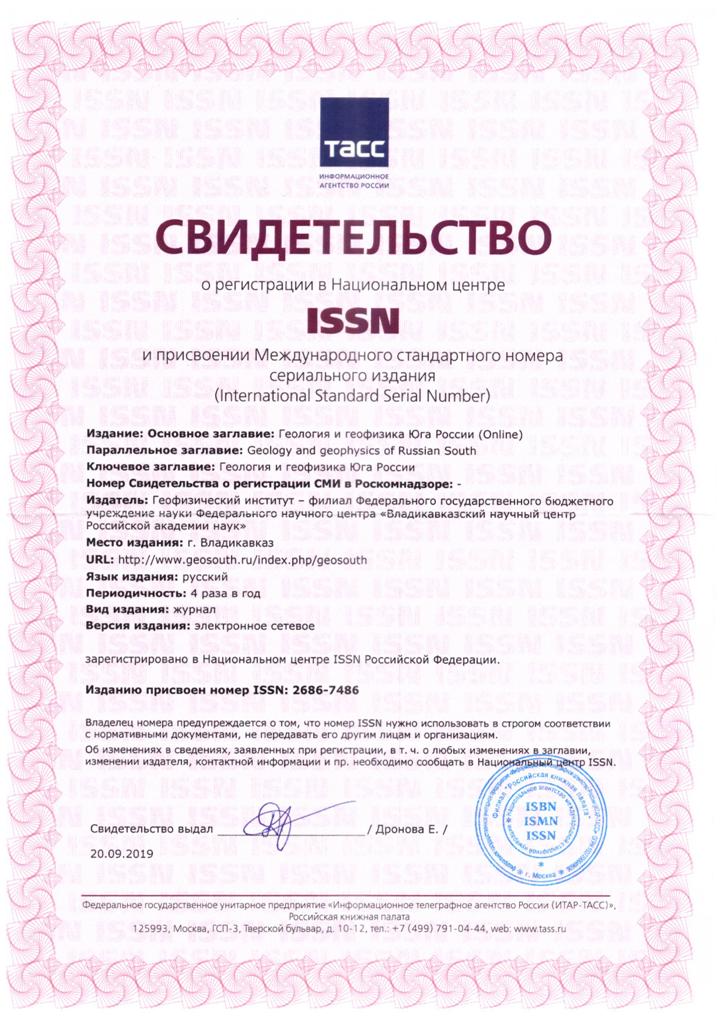Spatiotemporal variability of ion flux in the Kuban River basin
Abstract
Relevance. The study of dissolved substances flow (including ion flux of rivers) is important on a global scale. The ongoing environmental changes have an impact on the processes of formation of the chemical composition and water quality in the Kuban basin. Aim. To analyze the spatiotemporal variability of ion flux within the Kuban River basin. Research methods. The study was based on long-term hydrological and hydrochemical data from the Roshydromet State Observation Network for the period from 1990 to 2020. Statistically significant trends in ion flux were determined using the Kendall rank correlation coefficient. The strength of the relationship between water and ion flux was found using the Spearman rank correlation coefficient. The graphical-analytical method of normalized difference-integral curves was used to identify characteristic periods of ion flux. The significance of the differences between the identified time intervals was tested using the nonparametric MannWhitney U-test. Results. Along the length of the Kuban River, the ion flux value consistently increased and reached its maximum values in the lower reaches. Among the tributaries, the highest absolute values of ion flux are characteristic of the Laba and Belaya rivers. The spatial distribution of ion flux modules revealed a heterogeneity of ion discharge intensity within the Kuban River basin, which is caused by the combined influence of natural and anthropogenic factors. The analysis of long-term fluctuations of ion flux showed that the most frequent determining factor in its dynamics was water runoff. Statistically significant trends in the variability of ion flux were observed in the lower reaches of the Kuban River, its delta, and the Pshish and Psekups rivers. A decreasing linear trend is characteristic of the majority of the identified trends. Significant changes in ion flux through the Protoka branch are associated with a decrease in water runoff against the background of a continuing decrease in water mineralization.


